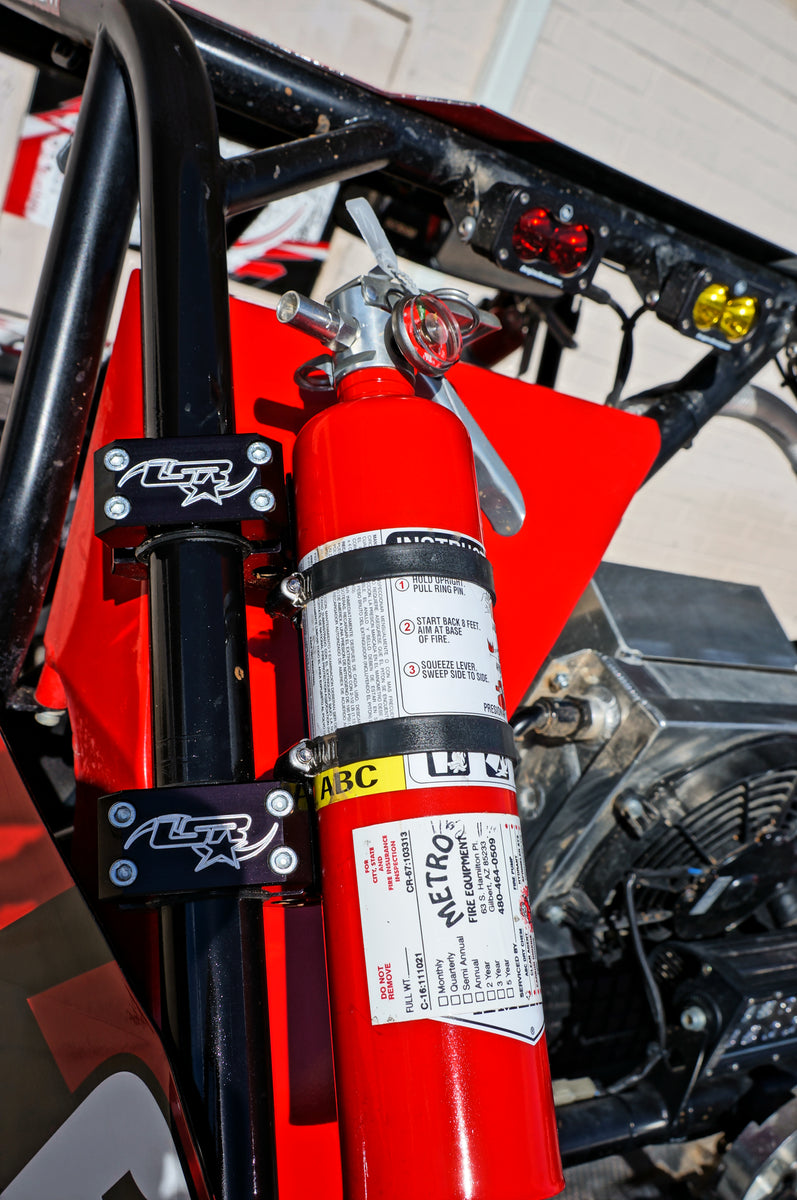

As drought and fire weather simultaneously overtake regions across California and the west, fire crews have been strained and short-staffed. With extreme fire weather in the mix, firefighters can no longer expect cooler, more humid night conditions to help them tamp down big blazes. To reduce the fire risks wrought by the increase in fire weather, experts have for years been calling on western states and the federal government to radically boost the use of prescribed fire to clear would-be fuel from forests. Today many critics say the practice is underutilized. For centuries before European colonization, California Indians kept forest fuel loads under control by using what foresters now call “prescribed burns”. “We need to start tending to our landscape as we tend to our gardens.”įor Cunningham, the comment is more than metaphor. “It’s been really frustrating to have to sit there and watch year after year of neglect take its toll,” she said. Eventually, a small crew did arrive – but thousands of acres had already burned. “I kept asking – we need help, we need support,” she said. As drought and fire weather simultaneously overtake regions across California and the west, fire crews have been strained and short-staffed.īy then, Cunningham had begun frantically making calls, appealing to local fire chiefs and the Bureau of Indian Affairs to send more firefighters to the region. As she watched the wind pick up, her eldest reported that he was safe – but the crew’s truck and equipment were destroyed.Īs drought and fire weather simultaneously overtake regions across California and the west, fire crews have been strained and short-staffed. Her two sons, who work for local fire crews, narrowly escaped the blaze as it bore down on the town of Greenville and surrounding areas where many Maidu tribal members lived. “The velocity of the fire was just mind-boggling,” said Cunningham. “I’m always feeling like a sitting duck,” said Trina Cunningham, the executive director of the Maidu Summit Consortium, who saw a tribal health center, the homes of several members, and a 2,325-acre expanse of culturally important land burn up in the Dixie fire. In northern California, fires like the Dixie fire have been further fueled by massive build-ups of vegetation – which has accumulated on the landscape during a century of aggressive fire suppression. McKinnon’s research has examined the role of climate change in driving dryer conditions that are leading to the increase in the recent fire weather, but she pointed out that “it’s not just related to climate”. It’s a contagion and that is certainly compromising our ability to manage fire,” said Abatzoglou, adding that the changes are creating “synchronous” fire risks across the region– and the world – making it more difficult for governments and agencies to backstop one another with firefighters and equipment.Ĭhart Global heating and build-up of flammable vegetation have contributed to the increase in wildfires. “We used to have a lot more regional fire hotspots and now those hotspots are growing. “Stringing together many extreme fire-weather days in a row allows fire sizes to quickly escalate,” said John Abatzoglou, a climate and fire scientist at the University of California, Merced, who advised the Climate Central analysis and co-authored the research regarding fall fire weather. California’s fire season, which has historically peaked in the late summer and autumn, has been expanding. Climate scientists have found that in parts of the state, fall fire-weather days are expected to double by the end of the century. The findings are consistent with a growing body of research suggesting that California is entering an unprecedented new era of fire. In some regions, fire weather has come to characterize nearly a quarter of the year.

From the Pacific coast to the Great Plains, the number of fire-weather days is increasing.

The new analysis found that a similar trend is bearing out across much of the US west. The blaze tore through 1m acres of forest and razed much of the city of Greenville. The number of fire weather days has jumped from seven in the early 1970s to 25 in 2021.Īnalysis of weather station and fire data also indicates that after the Dixie fire erupted in mid-July this year, nine of the ten days in which it grew the most explosively were characterized by fire weather conditions. The number of fire weather days has jumped from seven in the early 1970s to 25 in 2021.


 0 kommentar(er)
0 kommentar(er)
